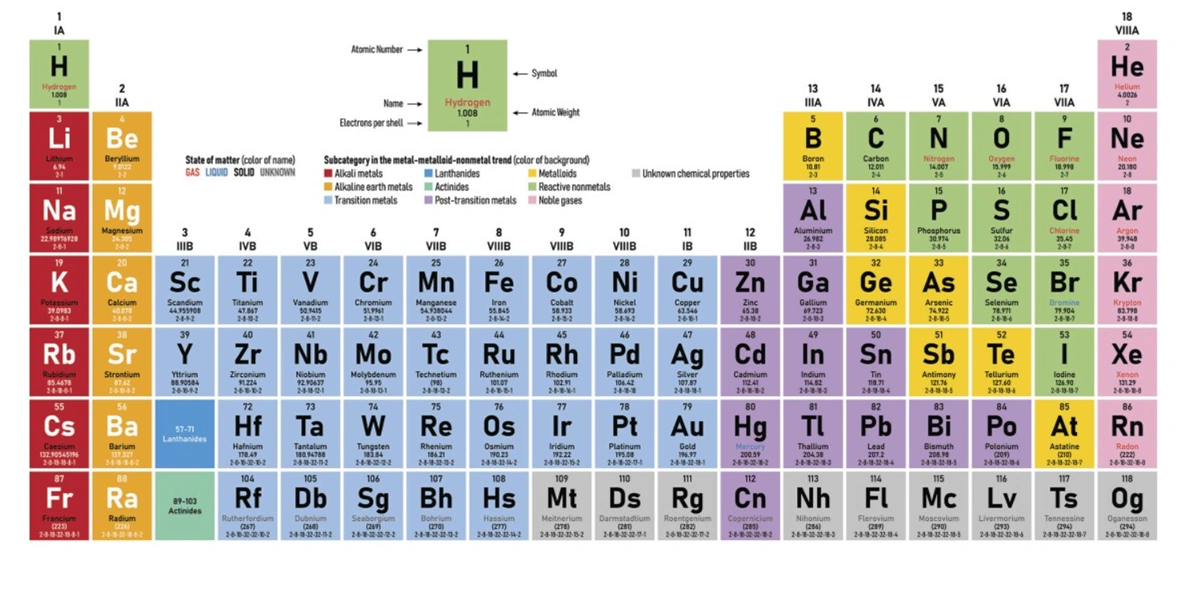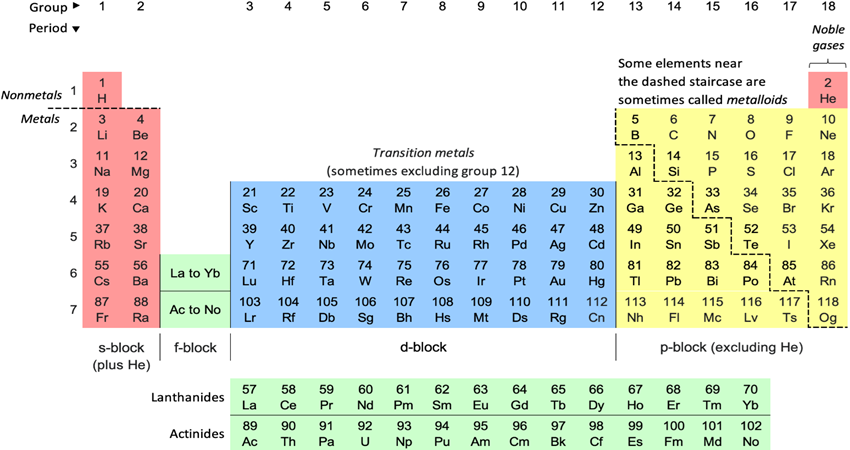The calorific value of a fuel can be calculated from the sum of the calorific values of the constituent gases.
According to Dulong, the calorific value of fuel is the sum of the calorific values of its constituent elements.
The higher Calorific value of some of the chief combustible constituents of fuel are given in the following table.

Calorific Values of Fuel Constituents
| Constituent | Hydrogen | Carbon | Sulphur |
| H.C.V k.cals/kg or cals/gm | 34,500 | 8080 | 2240 |
When 1kg of the fuel is burnt completely Dulong’s formula for GCV is written as

The quantity of hydrogen in combination with oxygen will not take part in the combustion reaction. So, the surplus hydrogen available for combustion is ![]() .
.
![]()
This is based on the fact that 1 part of gives 9 parts of H2O and the latent heat of steam is 587 cal/gm . In the above Dulong’s formula C,H,O and S represent the percentage of the corresponding elements.
| Read More Topics |
| Define gross and net calorific values of a fuel |
| Give properties of biodiesel and power alcohol |
| What is the definition of combustion? |





